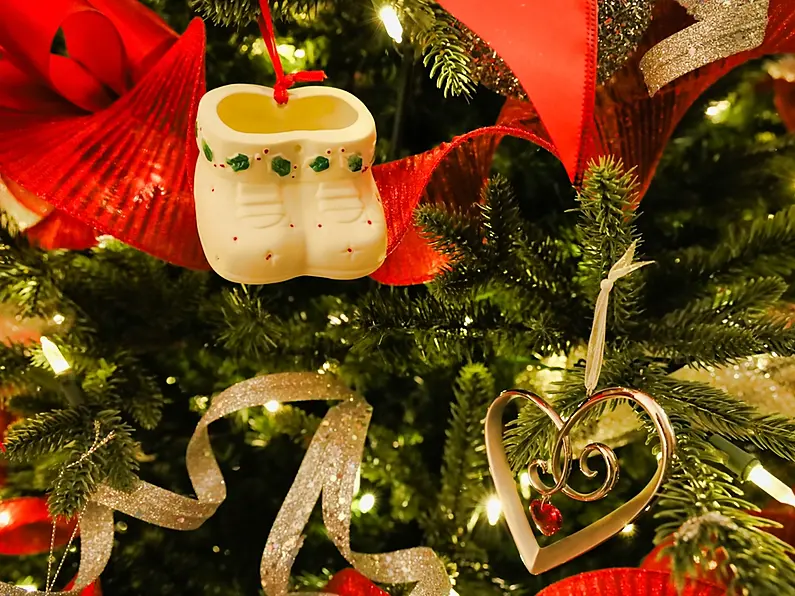How you feed your baby is your choice and you will most likely make this decision based on a number of factors.
If you decide to exclusively bottle-feed with formula, mix bottle and breast, or feed your baby your expressed breast milk by bottle, we have compiled the most important information to get you started.
Bottle-feeding a newborn
The good news is that most newborns instinctively know how to suck.
Aside from that, bottle-feeding means you aren't the exclusive feeder so other people can help out.
And if you’re bottle-feeding formula, you don't have to worry about pumping or that there'll be enough milk stored for when you are away.
When should you introduce a bottle to your baby?
Obviously if you're exclusively bottle-feeding, you need to start as soon as they're born.
But if you're breastfeeding, it's recommended that you wait about three weeks before introducing a bottle.
Bottle-feeding earlier could interfere with your milk supply.
If you wait too long, baby may reject the unfamiliar bottle in favor of the breast.
How to bottle-feed your baby
Some babies will take instantaneously to the bottle, while others will need some practice and coaxing.
Here are some top tips:
- Prepare the bottle: If you’re formula-feeding, make sure you read the directions on the packet and carefully stick with them. Different formulas may require different ratios of powder or liquid concentrate to water (if you’re not using ready-made formula). Adding too much or too little water could be dangerous to your newborn’s health.
- Warm the bottle: Run it under warm to hot water for a few minutes, put it in a bowl or pot of hot water, or use a bottle warmer. But never microwave a bottle as this can create uneven hot spots that might burn your baby’s mouth. Freshly-pumped breast milk doesn’t need to be warmed. But if it’s coming from the fridge or recently thawed from the freezer, you can reheat it just like a bottle of formula.
- Test the bottle: Before you start feeding, give formula-filled bottles a good shake and gently swirl bottles filled with breast milk, then test the temperature; a few drops on the inside of your wrist will tell you if it's too hot. If the liquid's lukewarm, you're good to go.
- Get into a comfortable bottle-feeding position: Support your baby’s head with the crook of your arm, propping them up at a 45-degree angle with their head and neck aligned. Keep a pillow by your side for your arm to rest on so it doesn’t get tired. Keep the bottle at an angle rather than straight up and down. Pause every 30mls or so to burp your baby and halfway through the bottle, you can switch sides.
- Do a nipple check: During feeding, pay attention to how your baby looks and sounds as they sip. If your baby makes gulping and sputtering sounds during feedings and milk tends to dribble out of the corners of their mouth, the flow of the bottle nipple is probably too fast. If they seem to be sucking very hard, the flow might be too slow.
Common feeding problems
Here are some common problems to look out for:
- Your baby squirms, cries, or turns their head away while bottle-feeding: This could mean they have wind, so stop to burp them.
- Your baby nods off mid-feed: If you're sleep-deprived, it might be tempting to let your little one nap. But this is not recommended. Gently wake baby by blowing on their head, tickling their feet, undressing them a little, or twisting the bottle in their mouth.
- Your baby isn’t a fan of the bottle: Maybe the flow doesn't suit your baby so try other options to find the best one.
- Your baby regularly seems uncomfortable after feeding: This could be down to a milk allergy, so talk to your doctor. It may also be caused by colic or reflux.







